Publication overview 2024 - mNIRS studies with our devices
We are happy to share that in 2024, an increasing number of publications have utilized our devices to measure muscle oxygenation across various fields. In this blogpost, we will explore application areas that use NIRS to measure in the muscle, and highlight exciting papers published in the past year within each category. Lastly, we will present studies from 2024 that focused on the reproducibility of using NIRS to measure muscle oxygenation.
mNIRS publications with Artinis devices in 2024 per category
Near-Infrared (NIRS) is a technique used to measure relative concentration changes in oxygenated hemoglobin (O2Hb) and deoxygenated hemoglobin (HHb) in any local tissue, for instance in the muscle. Using Spatial Resolved Spectroscopy (SRS), it is further possible to acquire the Tissue Saturation Index (TSI), which is an absolute measure of local tissue oxygenation in percentage. NIRS is non-invasive, portable and relatively easy to use, and hence can be used in a variety of fields to study muscle oxygenation, even during movement and exercise, and outside of typical lab settings.
In 2024, 97 papers using an Artinis device in muscle NIRS (mNIRS) were published, which is an increase of 40 papers compared to 2023 (see Figure 2). As shown in Figure 1, categories included sports science, clinical and rehabilitation studies, and hypoxia and altitude research.
Comparison of mNIRS publications per category in the last years
Sports Science
We are proud to see that in 2024 the number of publications using our devices to measure muscle oxygenation in sports science more than doubled to 67 compared to 2023, as seen in Figure 2. The most frequently applied device is PortaMon, the gold standard in muscle oxygenation measurements, followed by PortaLite (see Figure 3). In sports science, NIRS can be used during exercise performance in athletes, or healthy subjects of all ages.
Artinis mNIRS devices used in Sports Science publications 2024
Last year, NIRS was applied in the field of sport and exercise science for multiple reasons:
First, NIRS was used to assess potential differences in muscle oxygenation on different population groups, for instance old and young subjects, or sportive and non-sportive participants. Landers-Ramos et al., for instance, compared skeletal muscle oxidative function in young, middle-aged and elderly male and female participants with similar levels of physical activity. Amongst others, NIRS was measured on the tibialis anterior during an incremental walking test. Whereas mitochondrial capacity did not differ in age and sex groups, older adults showed significantly decreased TSI across all waking speeds compared to young adults. Further, Ferrer-Uris et al. performed a study comparing climbing-related microvascular adaption in climbers and non-climbers by measuring tissue oxygenation on the flexor digitorum profundus during vascular occlusion tests using the PortaLite. Climbers showed increased O2Hb and decreased HHb. This suggests increased adaption, due to training, which might lead to improved muscle endurance and climbing performance.
Another application of NIRS is assessing effects of training and exercise interventions on subjects of all ages and conditions. To this end, Jones and colleagues examined the effect of cold-water immersion (CWI) at different water temperatures on NIRS-calculated muscle oxygen consumption (mVO2) in trained endurance athletes. NIRS was measured during 20 min immersion and mVO2 was calculated pre and post intervention. Reduced mVO2 after CWI was reported, indicating a decrease in muscle metabolic activity. Calculation of mVO2 from a NIRS occlusion can give further insights into muscle metabolism next to primary NIRS measures (O2Hb, HHb, TSI). Further, Huang et al. published a study to examine the effect of concentric and eccentric cycling training (CCT and ECT, respectively) on muscle hemodynamics and erythrocyte rheological response in elderly sedentary males. The intervention group received 6-weeks of either CCT or ECT, while the control group did not receive any intervention. Muscle oxygenation was measured on the vastus lateralis during graded exercise test before and after intervention. Both ECT and CCT training improved muscle oxygenation and rheological response, with CCT being superior.
Additionally, Perrey et al. published a systematic review of the usage of muscle oximetry in sports science, investigating literature over the last five years to highlight applications of mNIRS in sports and exercise studies. NIRS measurements were found to provide meaningful insights into skeletal muscle oxidative capacity. 40% of all included studies were using the PortaMon, confirming its gold standard status to measure muscle oxygenation in sports science.
Clinical and Rehabilitation
Last year, 22 papers were published using muscle NIRS in different clinical fields. Artinis devices used were PortaMon, PortaLite and OxyMon, with the PortaMon applied in most publications (see Figure 4). NIRS was commonly applied to either assess potential influence of clinical conditions on muscle oxygenation, or to examine effectiveness of various therapy strategies in patients with different diseases or disorders.
mNIRS devices used in Clinical publications 2024
For the first use case, Cipriano et al. performed a study to compare physiological variables, such as muscle oxygenation, between heart-failure patients with reduced and preserved ejection fractions (HFrEF and HfpEF, respectively). As secondary goal they investigated, whether body composition, kinetic parameters and cardiopulmonary exercise performance are correlated. Results indicate compromised peripheral function in HFrEF patients, as well as correlation between increased adiposity and reduced lean mass with decreased oxygen diffusion capacity in HFrEF patients.
Clinical application area using NIRS to assess muscle oxygenation in 2024 were various, reaching from neurology, over sports medicine, with most publications released in the field of cardiology and respiration In this category, Appelman et al. published a longitudinal case-control study in Nature Communication, revealing key findings to understand the pathophysiology of post-exertional malaise in long COVID patients. Muscle deoxygenation was measured using the PortaMon on the vastus lateralis, while both patients and healthy subjects performed incremental ramp exercise test. Findings revealed new insights into pathophysiology of post-exertional malaise in long COVID patients, for instance peripheral skeletal muscle impairments.
Hypoxia and Altitude
Oxygen status in the human body can be influenced by exposure to hypoxia and altitude. NIRS can be used as a valid tool for assessing the effect of hypoxic conditions on the human body, and on the coping mechanisms that we develop to counter hypoxia. In 2024, 8 papers using our devices to assess muscle oxygenation in hypoxic conditions were published.
As an example, Yeap et al. investigated the effect of velocity and hypoxia exposure on muscle oxygenation in the vastus lateralis during treadmill running. Trained runners conducted runs in various velocities and hypoxic conditions, while NIRS was measured with the PortaMon. Muscle oxygenation was reduced at slower velocities and during high or severe hypoxia. Findings suggest that TSI measured with NIRS can be used as a reference index for internal load during running.
Reproducibility in mNIRS
As mentioned above, NIRS is widely used in many applications, and hence assessing its reproducibility is essential.
(Arterial) occlusion tests are commonly used to assess muscle oxygenation in NIRS experiments, in for instance sports or clinical studies. Jeskanen et al. performed a study to test the reproducibility and potential gender differences during arterial occlusion in healthy subjects. Reproducibility of muscle oxygenation and reperfusion measurements was found to be good to excellent. Male participants showed higher muscle oxygen capacity during occlusion compared to females.
In a study by Tandirerung et al. the effect of using different exercise protocols to assess skeletal muscle oxygenation and their reproducibility on non-athletic adults was assessed. Young participants performed both short and long exercise, combined with NIRS measurements during arterial occlusion. In a second step, young and older subjects performed the short exercise protocol twice to assess reproducibility. NIRS demonstrated to be a reliable in vivo tool to assess skeletal muscle oxidative capacity for any used exercise protocol duration and muscle contraction frequency. Furthermore, NIRS measurements during short exercise protocols were reproducible across subjects spanning a wide age range.
Would you like to learn more about using our devices to measure muscle oxygenation? Then feel free to reach out to us at askforinfo@artinis.com.

![[PortaMon MKIII] crossfit-28.jpg](https://images.squarespace-cdn.com/content/v1/64e314a8c69b933a41187ec2/1737014978799-611VWNHGF746KDAL7CFB/%5BPortaMon+MKIII%5D+crossfit-28.jpg)
![[PortaMon MKIII] crossfit-5.jpg](https://images.squarespace-cdn.com/content/v1/64e314a8c69b933a41187ec2/1737014932847-JTODG27OY6T5UX6P9WGZ/%5BPortaMon+MKIII%5D+crossfit-5.jpg)
![[PortaMon MKIII] crossfit-69.jpg](https://images.squarespace-cdn.com/content/v1/64e314a8c69b933a41187ec2/1737015018940-WZWJS23OTBXJIFBIG0S0/%5BPortaMon+MKIII%5D+crossfit-69.jpg)

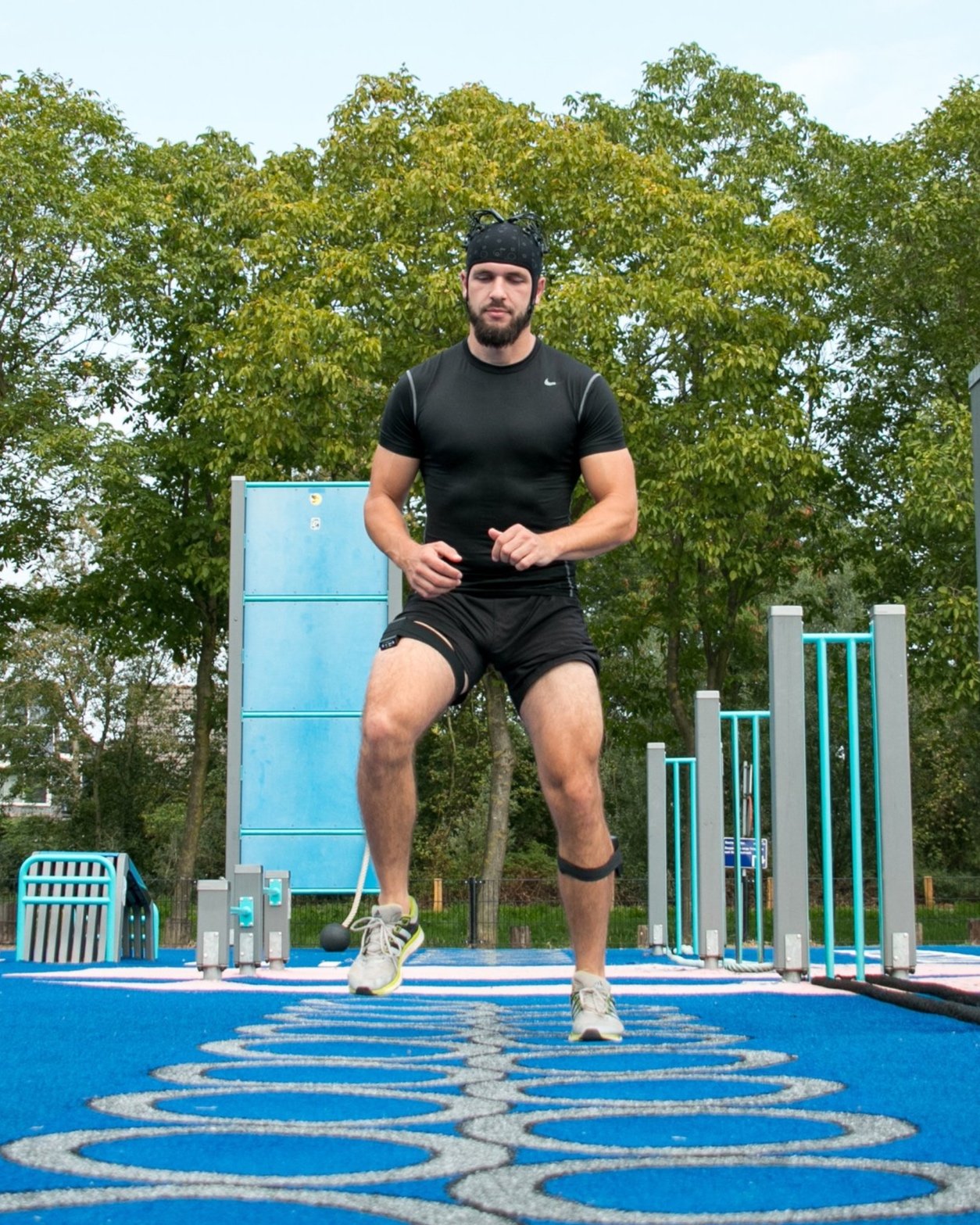
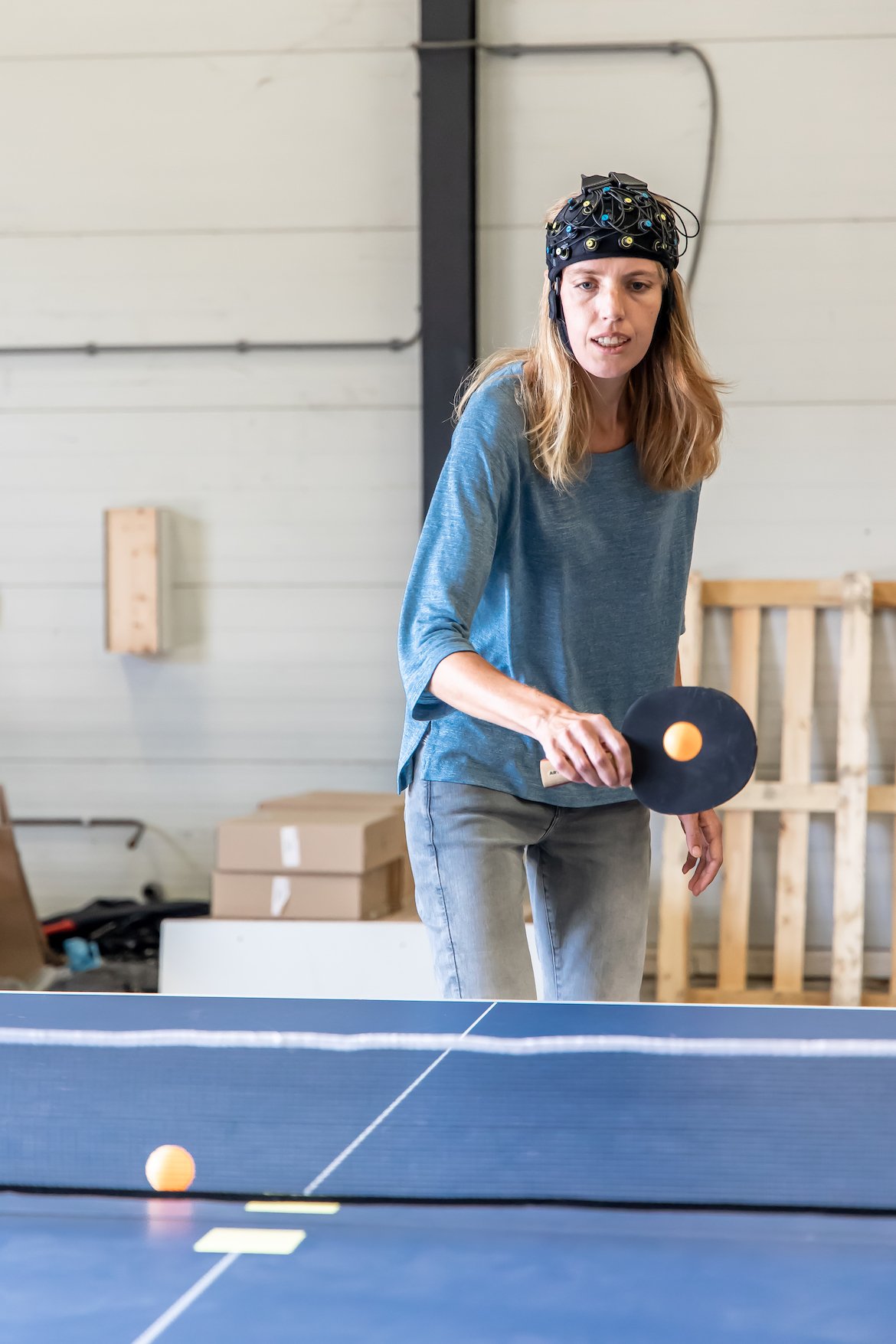
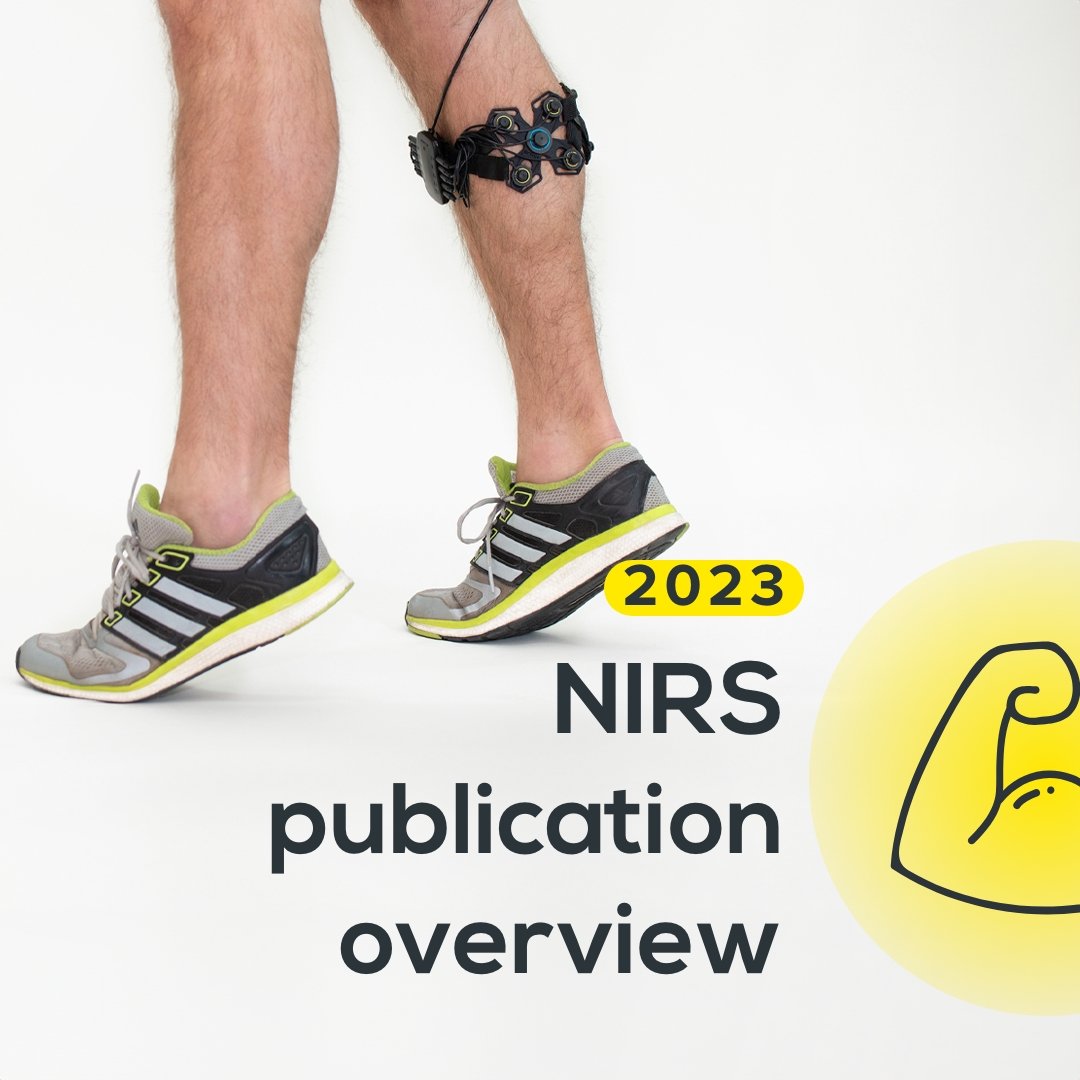
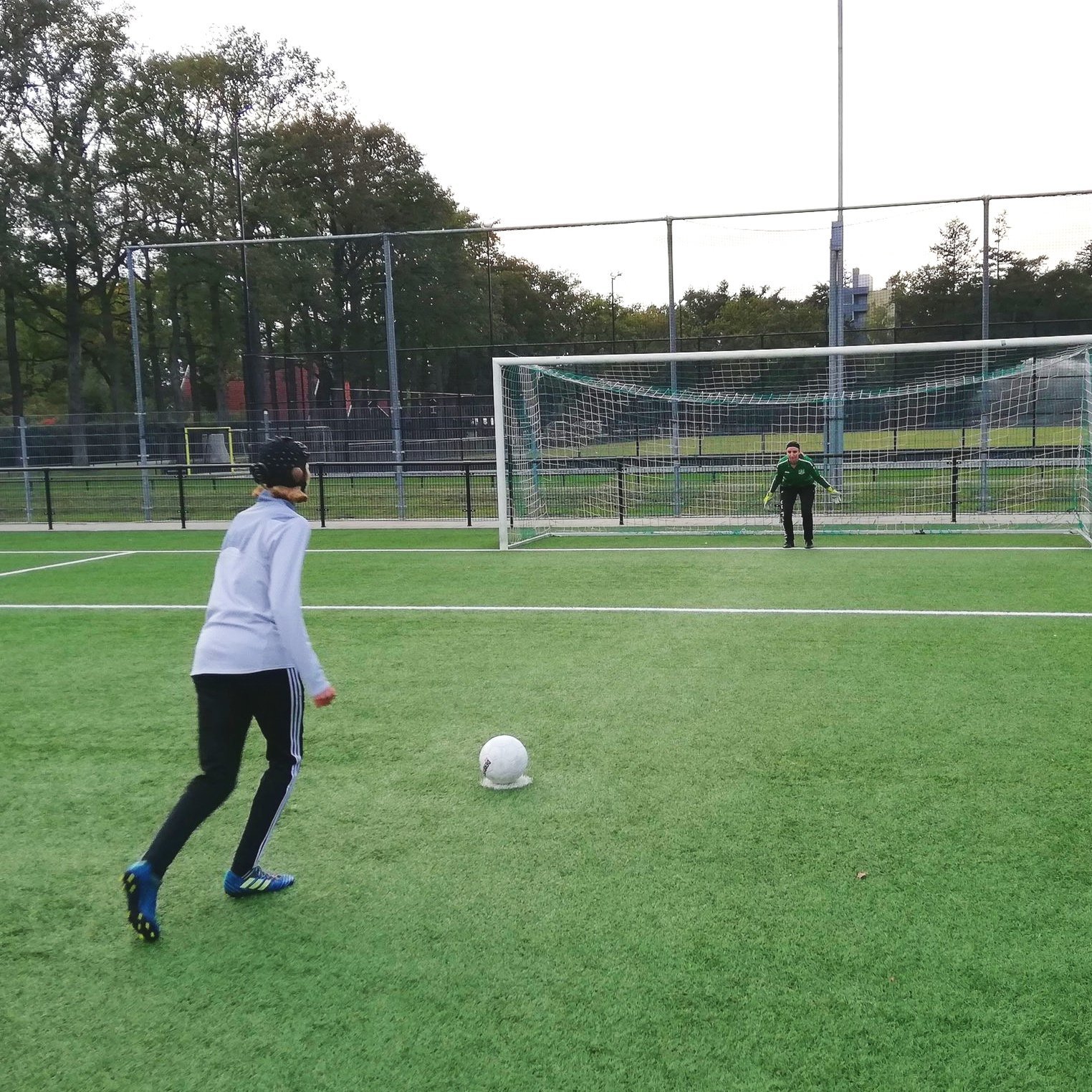
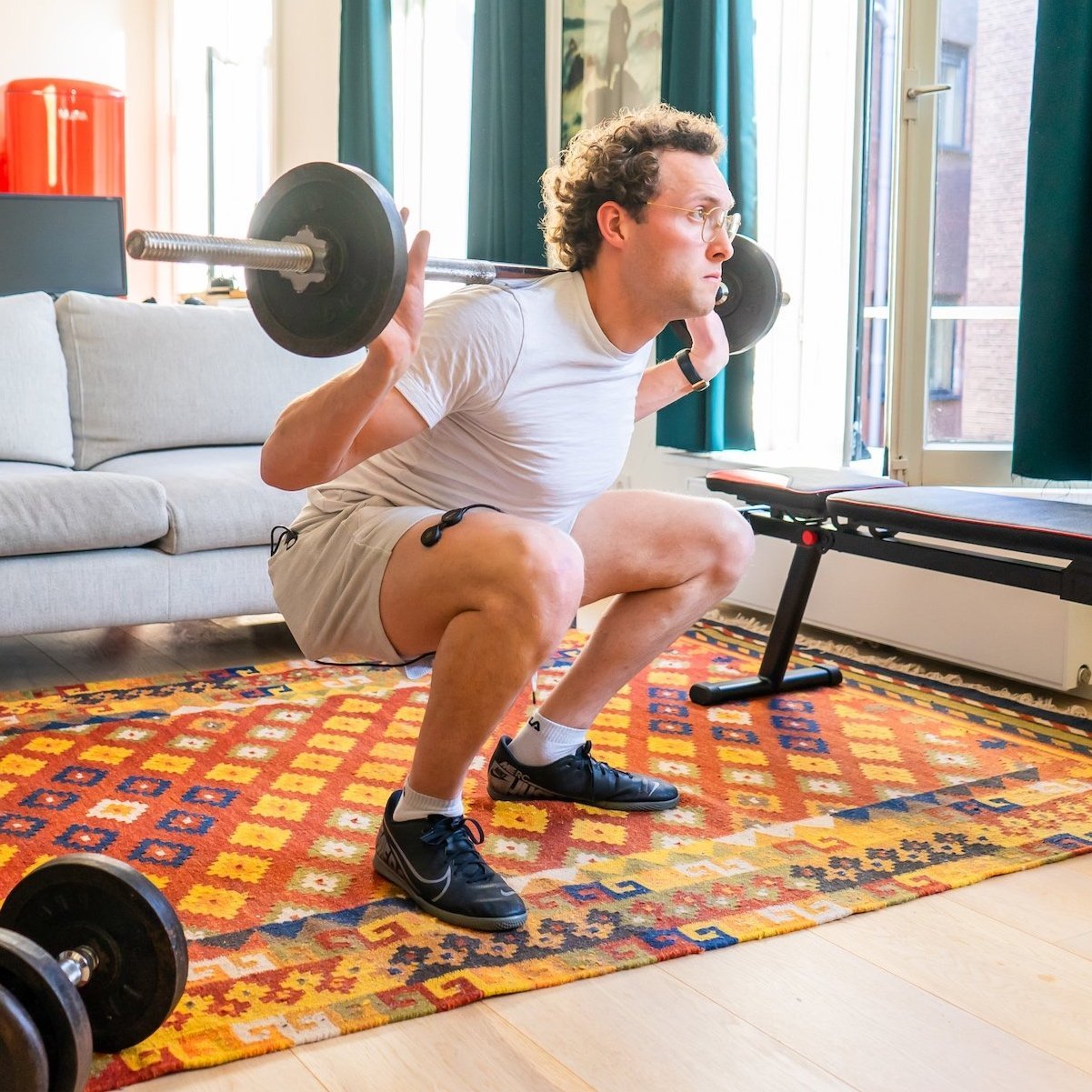
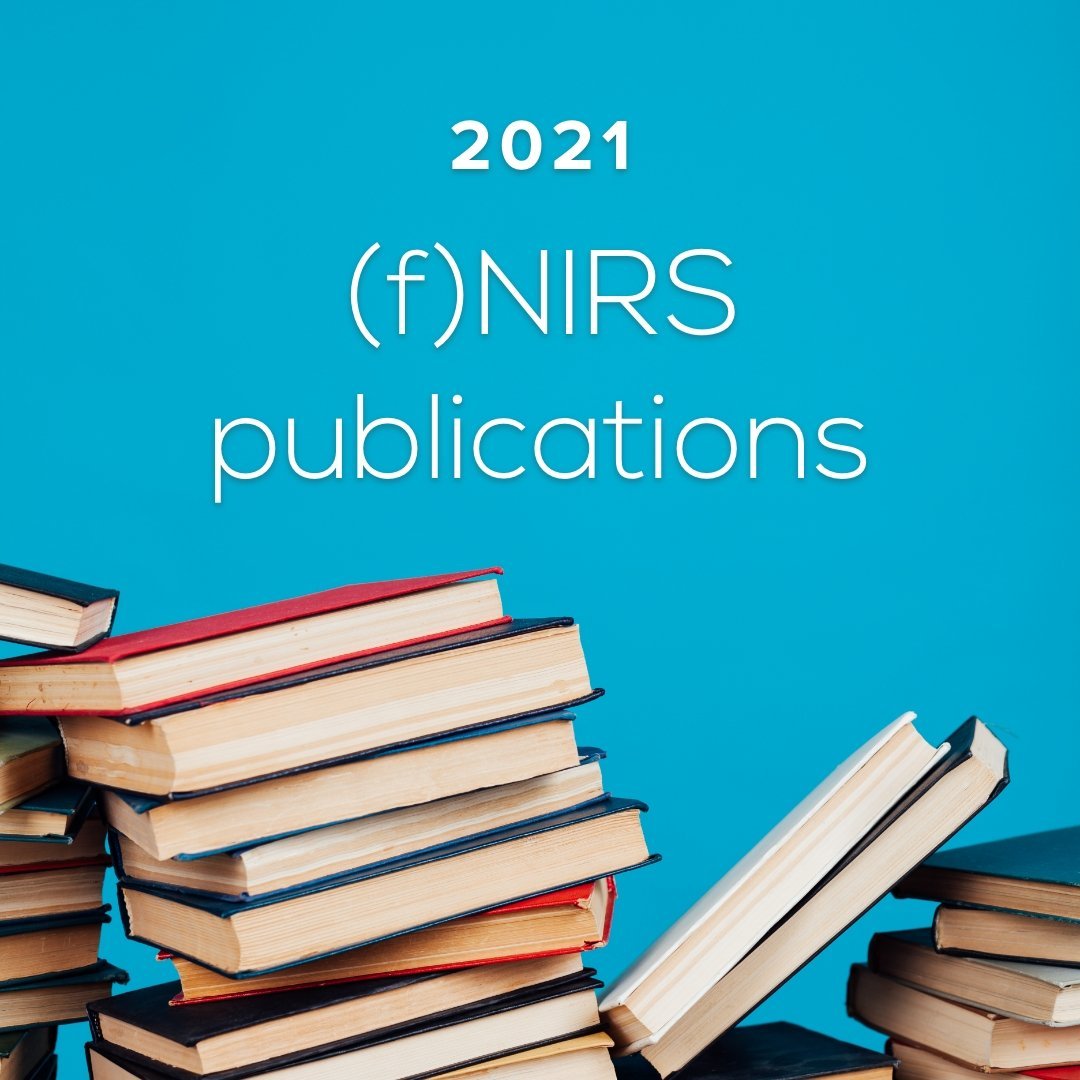
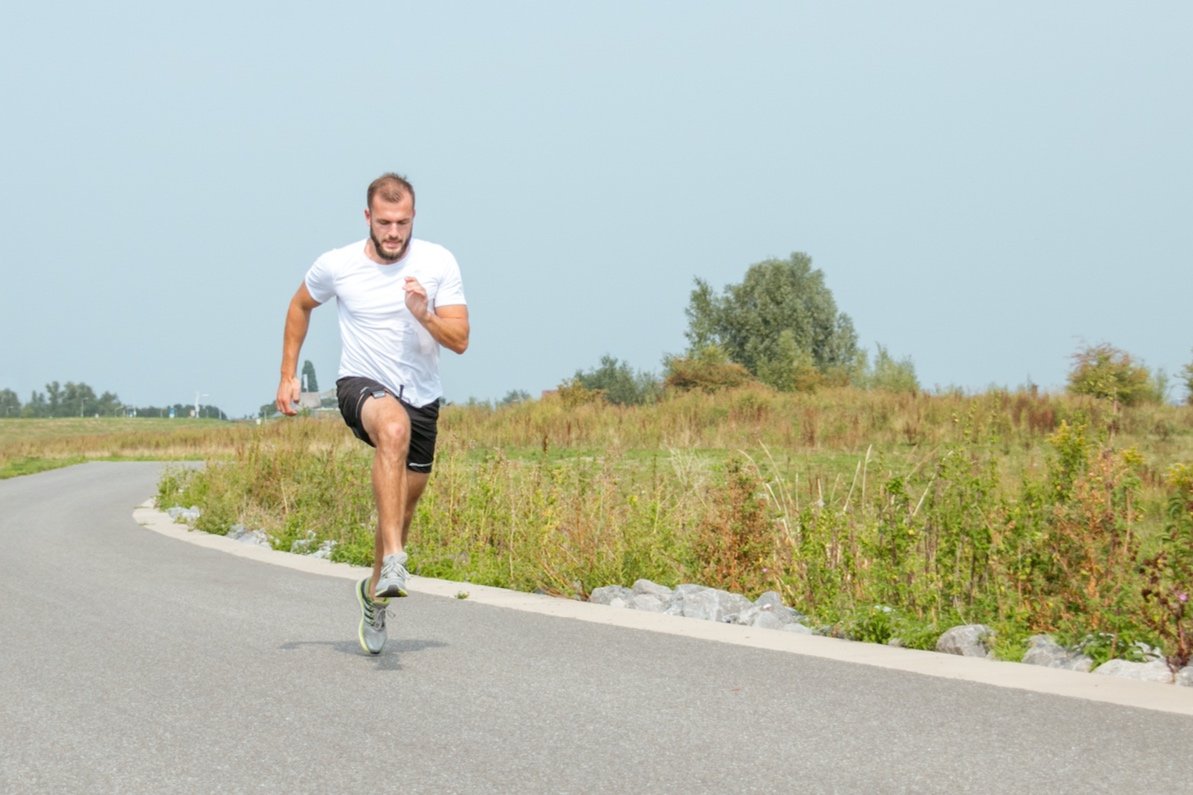
We are proud that several papers using our NIRS devices to measure muscle oxygenation from different body parts and in various application fields were published in 2022. Read this blog post to get an overview of application areas NIRS can be used in, and which devices can be applied. Also, find highlighted publications per category that were performed with our devices in 2022.